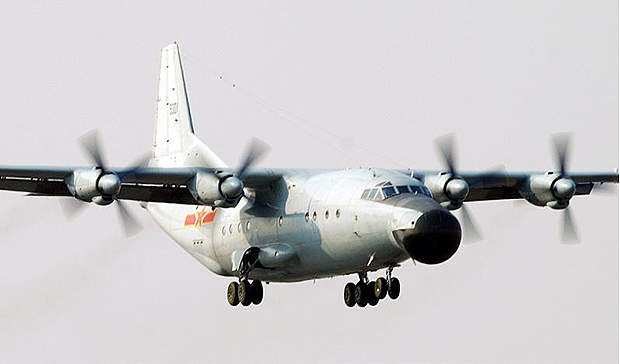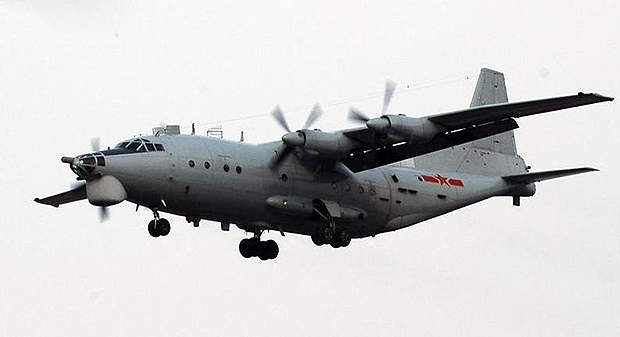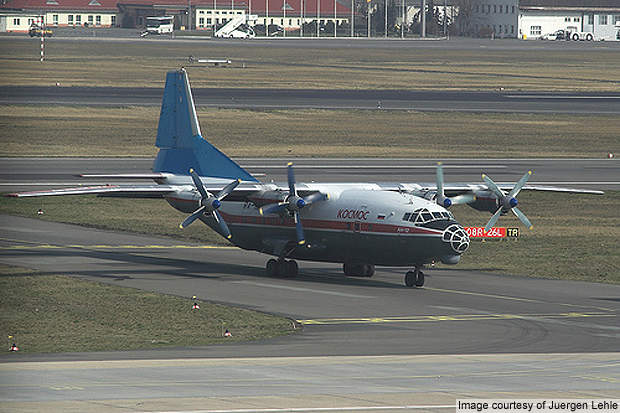The Shaanxi Y-8 is a medium-size, medium-range transport aircraft designed and manufactured by China’s Shaanxi Aircraft Company to meet the requirements of the People’s Liberation Army Air Force. Based on the Antonov An-12 aircraft, the Y-8 is one of the largest transport aircraft in China.
The Y-8 is used for military and commercial operations. It is used for transporting troops, dropping supplies and functioning as an air ambulance.
The aircraft is capable of operating in all weather conditions and can take-off and land on unprepared airstrips or runways including grass, snow and mud.
Y-8 transporter variants
The Y-8 has 30 variants, including the Y-8 geophysical survey aircraft and the Y-8 gunship. The Y-8 AWACS is equipped with large radomes at its nose and tail.
The Y-8 geophysical survey aircraft features a magnetic anomaly detector in the tail section for identifying mines.
The Y-8 gunship is a target acquisition aircraft equipped with three heavy machine guns and two heavy cannons.
The ZDK-03 is a Pakistani variant specifically designed for the Pakistan Air Force (PAF). The aircraft features an AESA radar with a range greater than the air force’s Saab 2000 Erieye AEW&C radar.
Orders and deliveries
The Sri Lankan Air Force procured two Y-8s in 1987, which were sold to the Myanmar Air Force in 1994. Shaanxi delivered two aircraft to the Sudanese Air Force in 1991.
Development
China procured several Antonov An-12 aircraft from the Soviet Union in the early 1960s. In 1968 the Chinese Ministry of Aeronautics set about developing an advanced turboprop transport aircraft based on the An-12.
In 1969, the Xi’an Aircraft Design Institute and Xi’an Aircraft Factory began the reverse-engineering process to develop the Y-8. The design was completed in February 1972.
Flight trials were carried out in June 1972. The Y-8 prototype made its maiden flight in December 1974. The operations of the first prototype were transferred to Shaanxi Aircraft Industry in Hanzhong. A second Y-8 prototype made its first flight in December 1975. Shaanxi later developed a third prototype, which completed its maiden flight in January 1977.
The design of the Y-8 was certified by the Chinese Government in February 1980 after 66 flight trials.
Lockheed Martin aided Shaanxi in building a pressurised cabin for the passenger version of the Y-8. Two versions were developed with the first having half of the cabin pressurised and the second version having a completely pressurised cabin. Serial production of the Y-8 commenced in 1981.
Y-8 features
The Y-8 has a glassed-in nose. The tricycle-type landing gear has low pressure tyres and disc brakes. The stepped cockpit seats the pilot, co-pilot, flight engineer, radio communication officer and navigator.
The 13x3x2.4m cargo compartment can be configured to carry passengers, paratroopers or medical stretchers. About 60 wounded soldiers, 23 slightly injured soldiers and three medical attendants can be accommodated in the cargo compartment.
Y-8 avionics
In addition to radio communications and navigations systems, the aircraft features a Doppler navigation radar, an autopilot system and a radio compass.
The marker beacon receiver determines the position of the aircraft in a specified route. The Y-8 is also equipped with a rear warning receiver and an identification friend-or-foe transponder.
Zhuzhou WoJiang-6 engines
The Y-8 is powered by four Zhuzhou WoJiang-6 turboprop engines. Each engine can produce 3,170kW. The engines are fitted under the leading edges of the non-swept wings.
Performance
The Y-8 has a cruise speed of 550km/h and a climb rate of 10m/s. It can fly for 10.5h at a maximum speed of 660km/h. While the range of the aircraft is 5,615km, its service ceiling is 10,400m. The aircraft weighs 35,490kg and its maximum take-off weight is 61,000kg.











